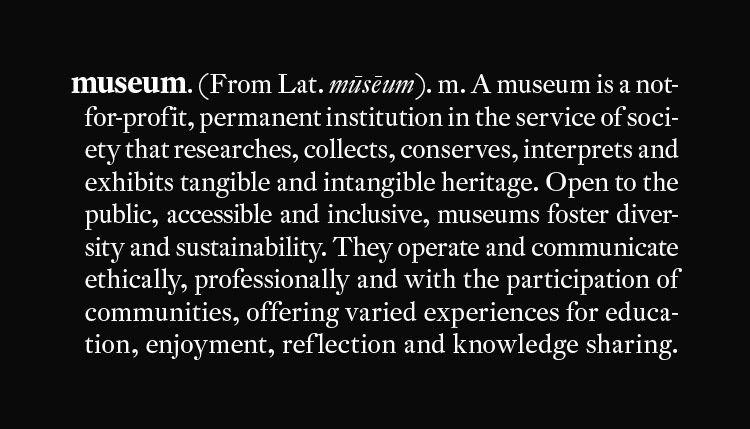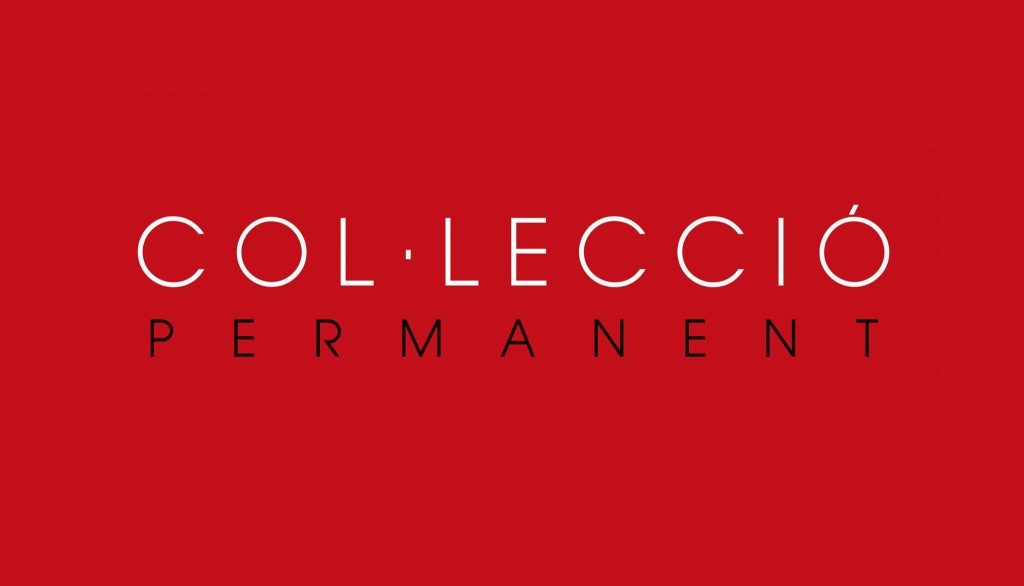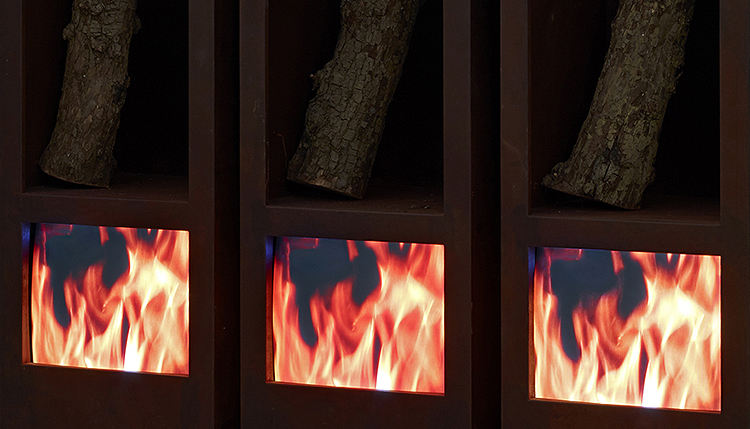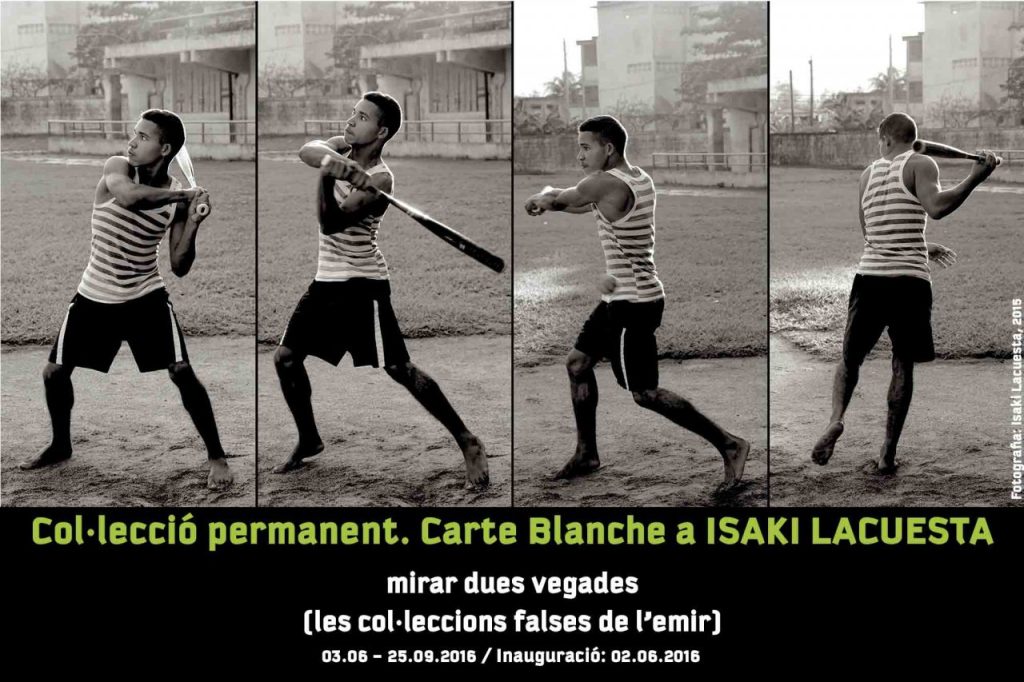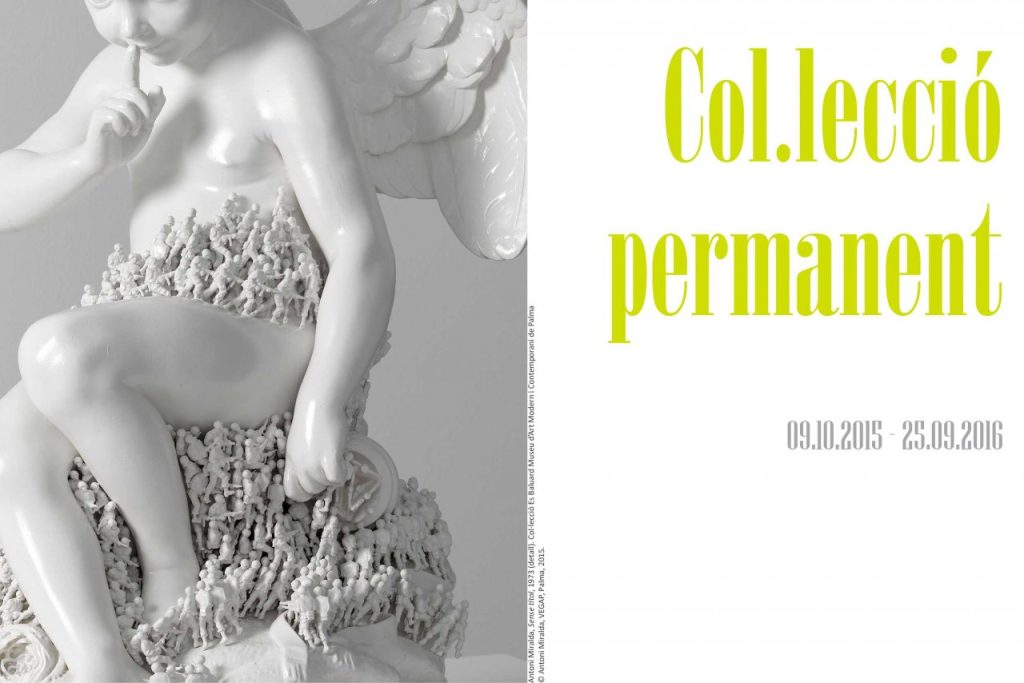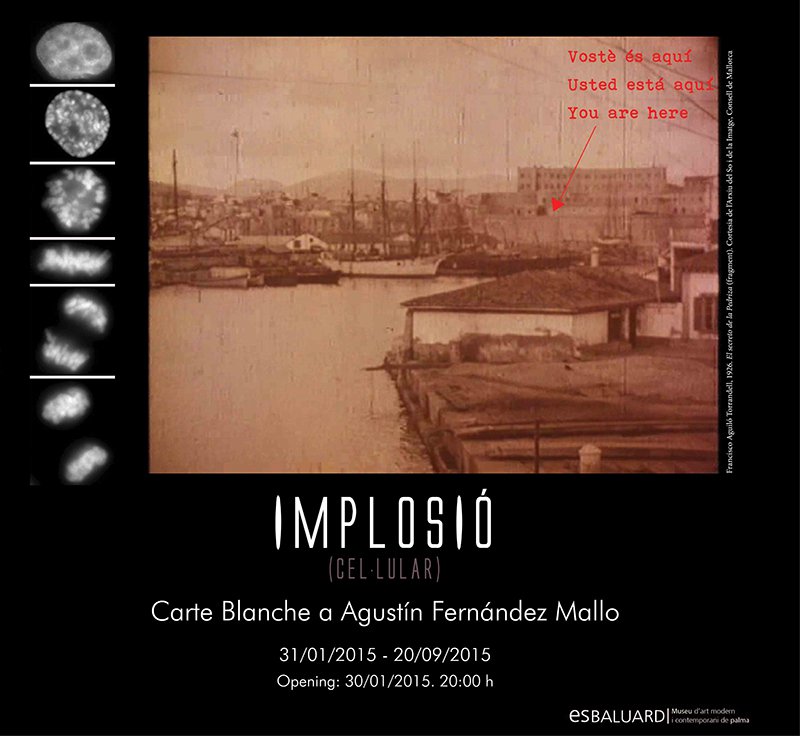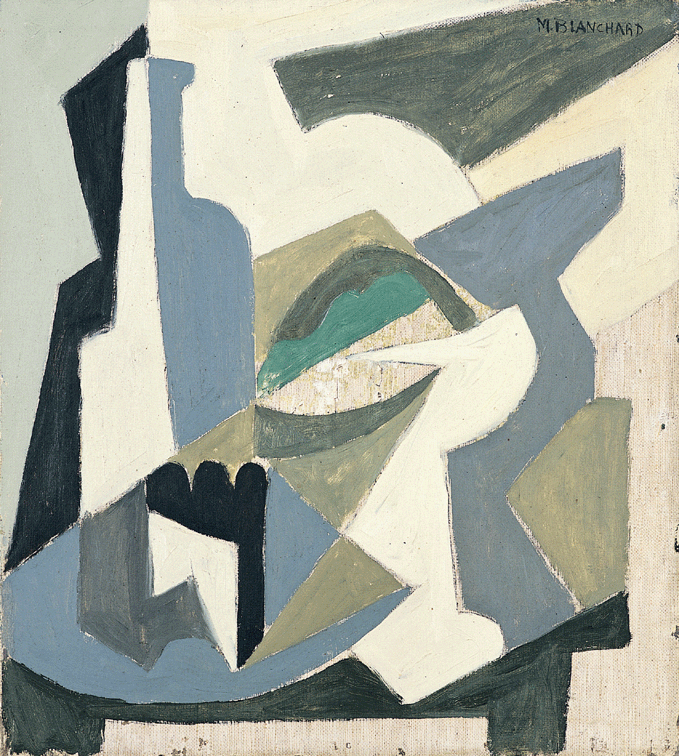
- Artist:
- María Blanchard
- Date:
- 1918
- Technique:
- Oil and pencil on canvas
- Dimensions:
- 35,5 x 32 cm
- Origin:
- Es Baluard Museu d'Art Contemporani de Palma, Serra Collection long-term loan
- Registration number:
- 131
- Exposed:
- Yes
With its small dimensions, Bodegón con frutero, botella y vaso belongs to the most significant period of the Cantabrian artist, situated between 1913 and 1920, the years in which she developed her work following the practice of synthetic cubism. The composition is structured on the same patterns as other contemporary works related to the realm of cubist aesthetics, a new form of representation of the world, where the effect of light is replaced by the colour of the object. In the foreground is the table on which the objects that make up the still life and dominate the canvas rest; each one of the elements is defined on the basis of the process of formal deconstruction articulated through the succession of monochromatic planes, reminding one of the structure of a collage. It eliminates any attempt at detail, things anecdotal, and simple imitation, to capture pure reality.
S.H.
María Blanchard, who was from a well-off family, studied painting in Madrid and Paris – in the latter city, under the painters H. Anglada-Camarasa and Kees Van Dongen. After becoming aware of the new avant-garde currents, Blanchard adopted the modern practice in her work and in 1916 settled permanently in Paris, where she continued to participate actively in artistic circles and established close friendships with Diego Rivera, Juan Gris, Angelina Beloff, André Lhotte, and other artists.
She abandoned the classicist figurative style that characterised her initial work, carried out between 1908 and 1913, binding herself firmly to the “new painting” created by Picasso and G. Braque, cubism – a movement that rejected the traditional western form of representation of art – in her synthetic phase, becoming one of the most prominent figures, alongside Juan Gris and Jaques Lipchitz, among other artists. In 1927, her health problems in conjunction with a personal crisis –coinciding moreover with the death of Gris, which affected her – influenced her production, and she moved away from cubism and limited her work to figuration and portrait painting.
S.H.

